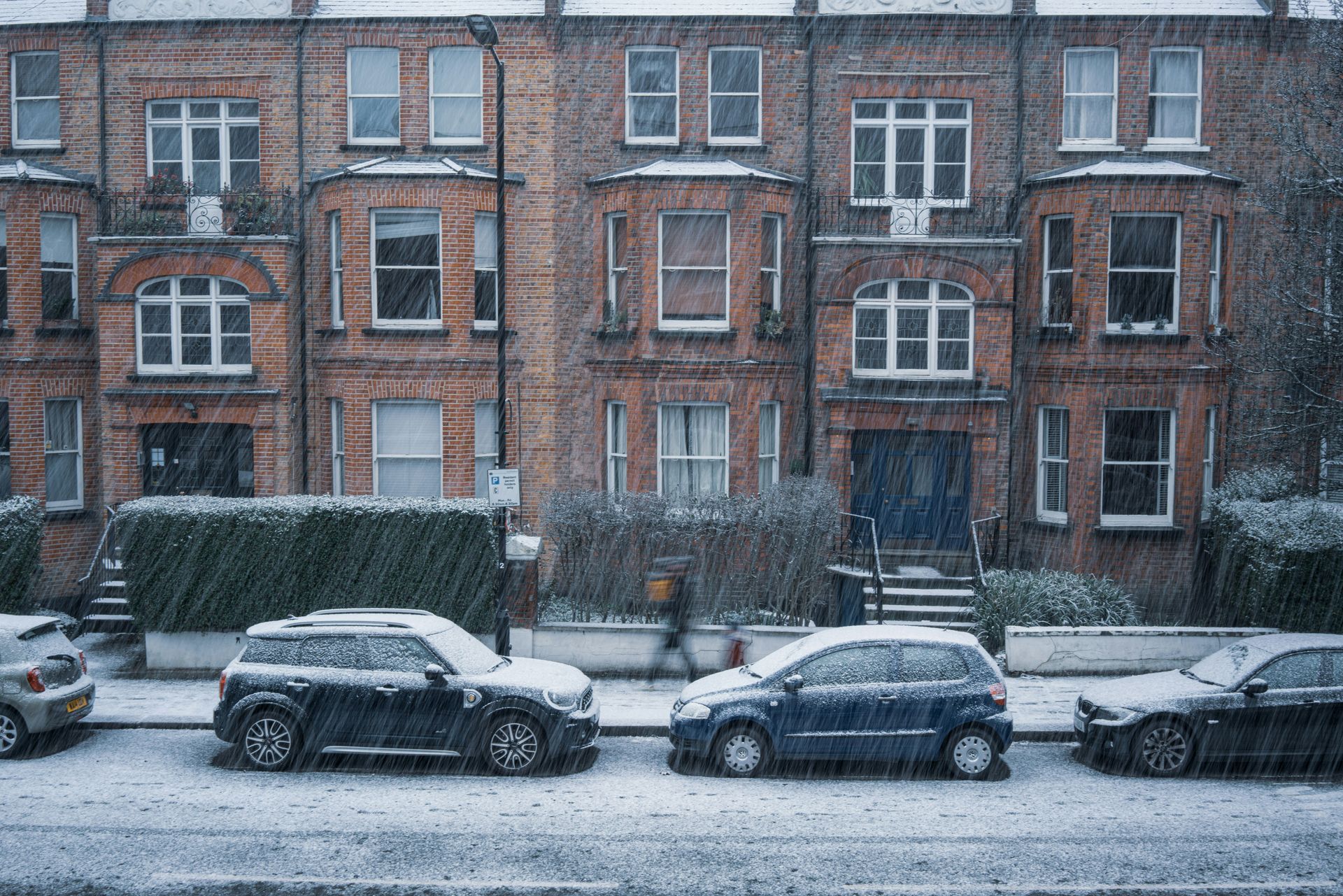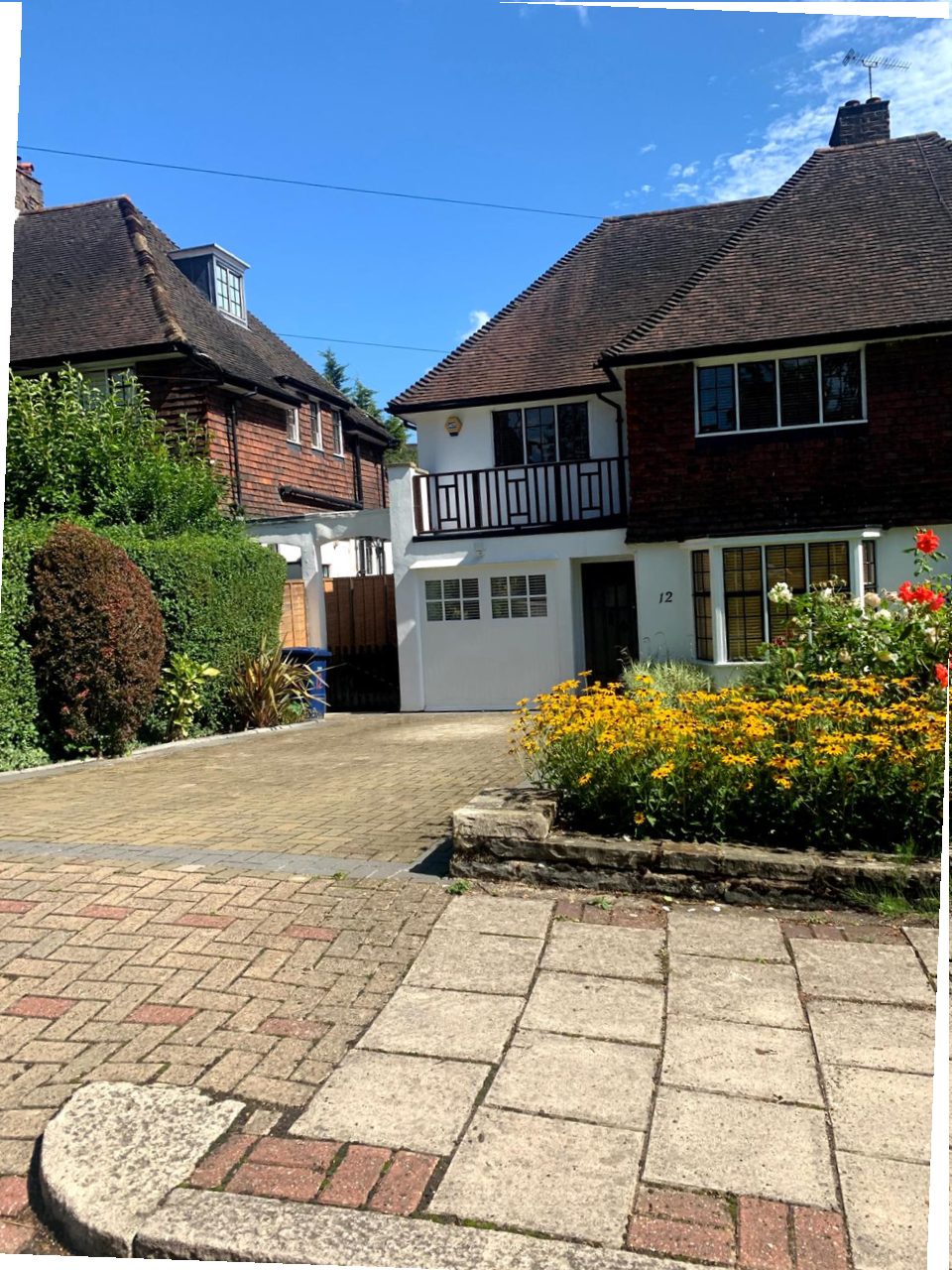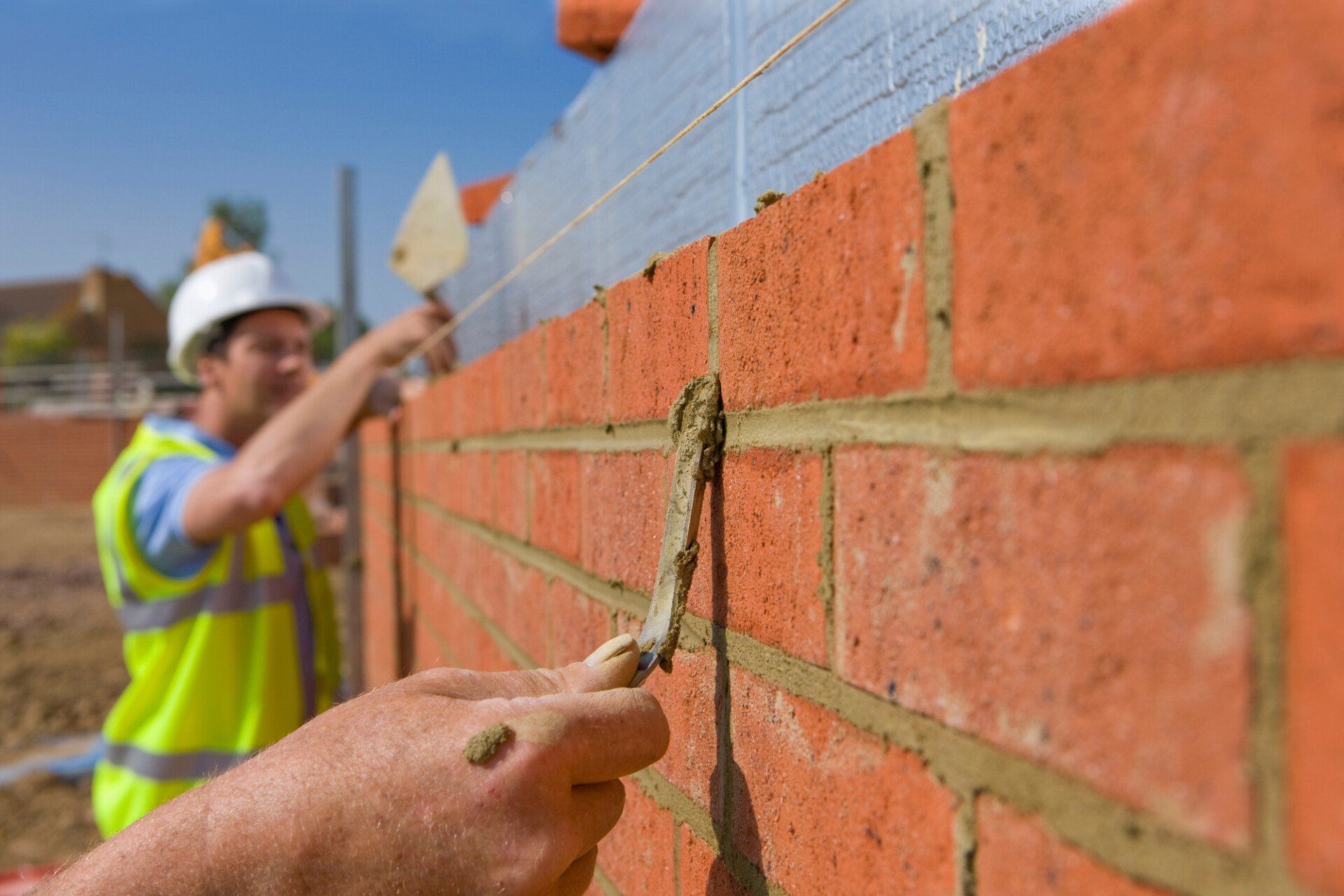Line of Junction Notice: A Detailed Guide
Understanding the Role of a Party Wall Surveyor: Spotlight on Victoria
The Line of Junction notice is an essential legal document used in the context of property law, particularly when it involves construction or property boundary issues. This notice plays a vital role in maintaining clear communication between property owners, especially when one property owner's actions might affect the boundary or structure shared with another property owner. In this article, we will explore the meaning, significance, process, and legal implications of a Line of Junction Notice.
What is a Line of Junction Notice?
A Line of Junction notice is a formal notification that is issued when there is a proposed construction or development work near or on the boundary of two properties. It specifically pertains to situations where work is being planned along the boundary line, which could impact the structure or land of an adjoining property. This notice is typically served under the Party Wall Act 1996 in the UK, which regulates construction work that affects a boundary wall or a shared structure.
The notice serves as a way to inform the adjoining property owner about the planned works and gives them the opportunity to express their consent or objections. The primary aim of the Line of Junction notice is to ensure that both parties understand the nature of the proposed work and that the project will not adversely affect their property rights.
When is a Line of Junction Notice Required?
A Line of Junction notice is typically required when a construction project involves any of the following:
Building on or near the boundary line: If the proposed building or extension is to be erected on the boundary line between two properties, a Line of Junction notice is necessary.
Works affecting a shared structure: If the construction work will affect a shared wall, boundary, or structure between two properties, a Line of Junction notice ensures that the adjoining property owner is informed.
Excavation near a boundary: If excavation work is planned near or along the boundary of a property, a Line of Junction notice may be required.
Alterations to party walls or fences: If alterations are being made to a shared party wall or fence, a Line of Junction notice should be issued.
Why is the Line of Junction Notice Important?
The Line of Junction notice is crucial for several reasons:
Prevention of Disputes: One of the primary reasons for issuing this notice is to prevent disputes between neighboring property owners. By notifying the adjoining property owner of planned works, the notice ensures transparency and prevents misunderstandings.
Legal Requirement: Under the Party Wall Act 1996 in the UK, a Line of Junction notice is legally required before commencing work that affects a shared boundary. Failure to serve this notice can result in legal complications, including potential delays in the project or even fines.
Protection of Rights: The notice helps protect the rights of the adjoining property owner. By receiving a formal notification, the adjoining owner is given the opportunity to raise concerns or objections regarding the work.
Safety: Construction work near a boundary can potentially damage neighboring property. By issuing a Line of Junction notice, the builder or property owner takes the necessary steps to prevent accidental harm to the adjoining property during construction.
Clear Communication: The notice ensures that both parties have a clear understanding of the nature, scope, and timeline of the proposed work. This fosters good communication and cooperation between property owners.
How to Serve a Line of Junction Notice?
Serving a Line of Junction notice follows a legal procedure. Below are the general steps involved in serving the notice:
1. Prepare the Notice
The first step is to draft the Line of Junction notice. The notice should be clear and detailed, outlining the nature of the proposed work and how it will impact the adjoining property. The notice must include the following:
- The name and address of the property owner serving the notice.
- A description of the proposed works.
- The expected start date and duration of the work.
- The details of the property boundary or party wall that will be affected.
- Any precautions taken to prevent damage to the adjoining property.
- It is essential that the notice provides sufficient information about the proposed work so that the adjoining property owner can make an informed decision.
2. Serve the Notice to the Adjoining Owner
The notice should be formally served to the adjoining property owner. The notice must be delivered in writing and can be served via hand delivery, post, or email (in some cases). It is crucial that the adjoining owner receives the notice well in advance of the proposed work, ideally 2 months before the planned start date, as required by the Party Wall Act 1996.
3. Allow Time for Response
Once the Line of Junction notice has been served, the adjoining property owner has a set period to respond. Under the Party Wall Act, this period is typically 14 days. During this time, the adjoining owner may either:
- Consent to the proposed work, in which case the work can proceed.
- Object to the proposed work, in which case both parties may need to appoint a party wall surveyor to mediate and resolve any issues.
- Request Additional Information if they need more details before providing consent or objections.
4. Resolve Disagreements
If the adjoining owner objects to the planned work, the next step is to resolve the dispute. This is where the role of party wall surveyors becomes important. Both property owners may agree on a surveyor or appoint their own independent surveyors to address any concerns and draft a party wall award.
The party wall surveyors will assess the potential impact of the proposed work and determine whether any modifications need to be made to the plan to protect the interests of the adjoining property owner. The surveyors will also draft a legal document known as the "party wall award" to outline the terms and conditions of the work, including any compensation or precautions required.
5. Commence the Work
Once the Line of Junction notice has been served, and any disputes have been resolved, the construction work can begin. It is crucial that the property owner follows the agreed-upon terms and ensures that the work is carried out in compliance with the party wall award (if applicable).
Legal Implications of a Line of Junction Notice
If a Line of Junction notice is not served correctly, it can lead to several legal consequences:
Delays in Construction: Failing to serve a notice can delay the construction project if the adjoining property owner disputes the work or takes legal action.
Compensation Claims: If the work causes damage to the adjoining property and no prior notice was given, the property owner may be liable for compensation.
Fines and Legal Fees: Not serving a Line of Junction notice in compliance with the Party Wall Act can result in fines and legal fees. Additionally, the construction may be halted until the notice is properly served.
Conclusion
A Line of Junction notice is a critical tool for maintaining clear communication and avoiding disputes when construction or alterations are planned along the boundary of two properties. It ensures that the rights of adjoining property owners are protected and that any potential issues are addressed before work begins. Property owners must carefully follow the legal process for serving the notice and resolving disputes, as failure to do so can result in significant delays, costs, and legal implications. By understanding the importance and procedures involved in serving a Line of Junction notice, property owners can ensure their construction projects proceed smoothly and without unnecessary conflict.
For friendly professional advice, contact us or call now and speak with a specialist Party Wall Surveyor.









